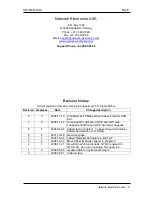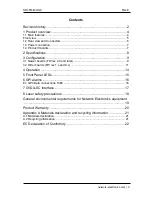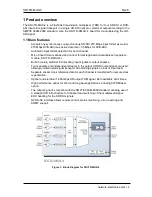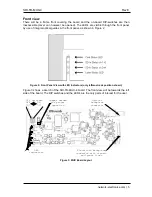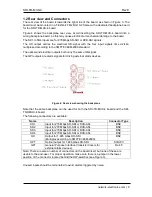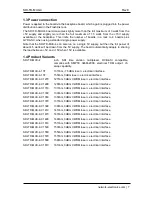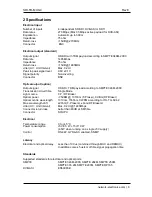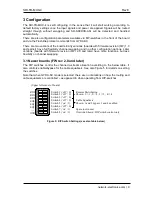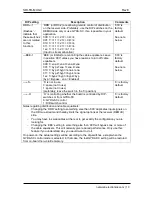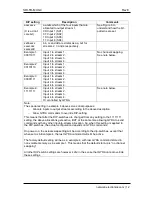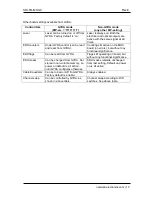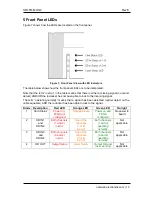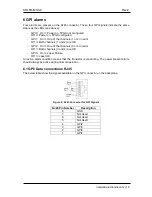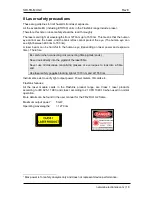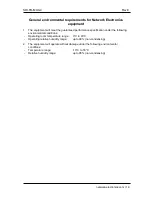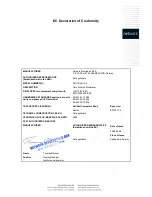
SDI-TD-MUX-4
Rev.8
network-electronics.com | 9
3 Configuration
The SDI-TD-MUX-4 is self-configuring in the sense that it will start working according to
default factory settings once the input signals and power are applied. Signals will be routed
straight through without swapping and SD-SDI/DVB-ASI will be detected and handled
automatically.
There are also configuration parameters available via DIP-switches in the front of the board
and via the Flashlink-protocol commands from GYDA-SC.
There are two variants of the boards. Early versions (boards with firmware revision (FW) 1.0
and earlier) have full flexibility channel swapping and no other configuration options. Later
versions (boards with firmware revision (FW) 2.0 and later) have more functions, but less
flexibility on channel swapping.
3.1 Newer boards (FW rev 2.0 and later)
The DIP switches control the channel-to-stream allocation according to the below table. It
also controls enable/bypass for the cable equalisers. See also Figure 5 for details on setting
the switches.
Note that when GYDA-SC mode is selected, there are no limitations on how the routing and
cable equalisers are controlled – as opposed to when operating from DIP-switches.
Figure 5: DIP Switch Settings (see also table below)
Switch 1 (’off’ / 0)
Switch 2 (’off’ / 0)
Switch 3 (’off’ / 0)
Switch 4 (’off’ / 0)
Switch 5 (’on’ / 1)
Switch 6 (’off’ / 0)
Switch 7 (’on’ / 1)
Switch 8 (’on’ / 1)
Remote Distribution
Shown: 1=>1 , 2=>2 , 3=>3 , 4=>4
Cable Equalisers
Shown: 1 and 2 bypass, 3 and 4 enabled
Spare (not in use).
Override. Shown: DIP switch control only
(Upper left corner of board)
1
2
3
4
5
6
7
8
RD0
RD1
RD2
EQ0
EQ1
EQ2
---
OVR
OFF ON


